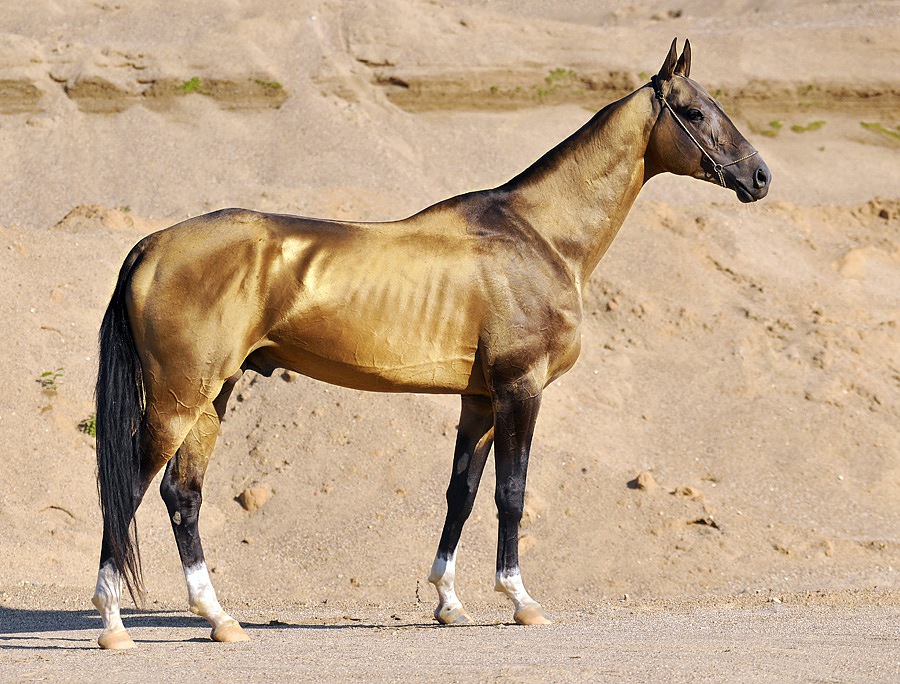I am not convinced that the Indian ponies weren't descendants of European imports. Early imports, but still, not native to North America.
There were prehistoric equines in North America. They show up in the tar pits and other fossil records. But they were extinct before the Europeans turned up. (Or, quite possibly, the Asians over the land bridge to Alaska in later prehistory. But I'm not sure that they brought horses with them.)
There were prehistoric equines in North America. They show up in the tar pits and other fossil records. But they were extinct before the Europeans turned up. (Or, quite possibly, the Asians over the land bridge to Alaska in later prehistory. But I'm not sure that they brought horses with them.)








